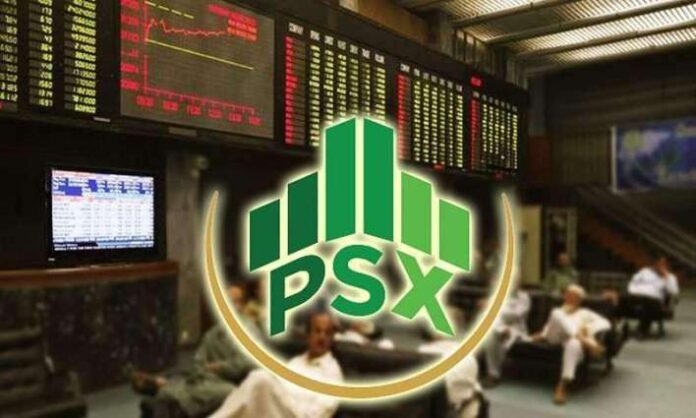The Pakistan Stock Exchange (PSX) recovered after opening crash on Thursday as KSE-100 index was trading at 30, 347 points at 12:30 pm.
Earlier, trading was halted at Pakistan Stock Exchange for 45 minutes within 10 minutes of trade as KSE-100 index was down 1,752 points or 5.6 percent and was trading at 28, 664 points.
KSE30 index fell below 6 percent at the start of trade. The analysts have attributed market crash to coronavirus fears as Pakistan reported two deaths and rising number of confirmed cases because of the deadly virus.
Exchange officials have argued strongly against halting trading entirely despite sharp drops in the market, and in their statement said the closure will not impair the market’s ability to function.
It is pertinent to note that trading has been halted at PSX for the 6th time in the last two weeks and third time this week.
Investors remained under selling pressure due to worsening of the situation caused by an increase in the number of coronavirus cases in Pakistan, analysts said, adding that investors also remained cautious ahead of the monetary policy announcement.
On the economic front, the country’s net Foreign Direct Investment (FDI) increased by 151pc to $289 million in February 2020 as compared to the same period last year. On a month-on-month basis, the FDI rose by 30pc. Highest investment was once again received from China, followed by Malta, UAE, Hong Kong and the Netherlands. For the third consecutive month, power sector managed to attract the most amount of investment.
Market Halt
“Market halt” procedure has been introduced by SECP in PSX regulations in December of 2019. The action triggers when the KSE-30 index moves 5 % either way and remains there for 5 consecutive minutes. Since the scrip circuit breakers got extended to 7.50% this Monday, the index halt is now at 5%.
The objective of introducing market halt is to safeguard investors and market participants during volatile markets. During this halt, trading in all securities remains temporarily suspended in order to ensure a cooling off period and run a mark to market activity as a risk management measure.




